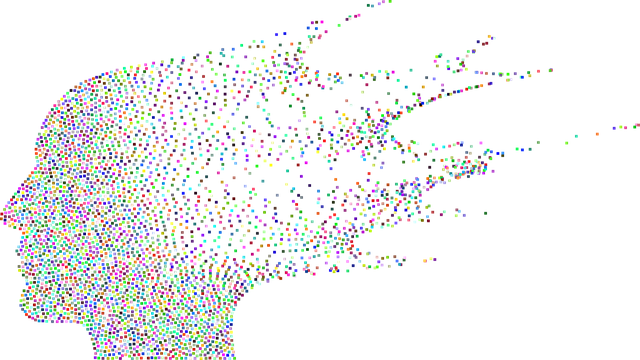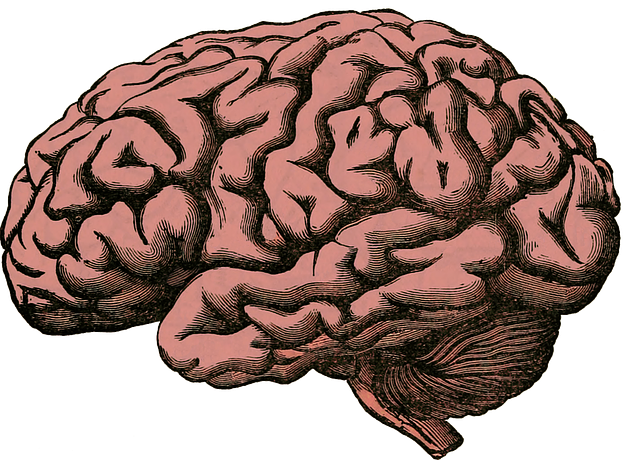Marketing mental wellness apps for adolescent teens with drug abuse issues requires understanding the target audience, emphasizing personalized support, discreetness, accessibility, and cultural sensitivity. Targeting 13-19 year olds, these apps offer affordable digital therapy solutions that create safe spaces for healing and coping mechanisms, empowering better choices without stigma. A multi-channel marketing strategy, including tailored content for teens, parents, and healthcare providers via social media, blogs, webinars, and podcasts integrating Mind Over Matter principles, drives meaningful connection and support for Therapy for Adolescent Teens Drug Abuse-Substance Abuse.
In today’s digital age, mental wellness apps offer a promising avenue to reach and support adolescent teens struggling with drug abuse—a growing concern among healthcare providers. This article delves into a comprehensive marketing strategy for such apps, focusing on understanding the unique needs of this demographic. We explore how crafting a compelling value proposition centered around digital therapy can address substance abuse effectively. Additionally, we outline a multi-channel approach to engage teens, parents, and healthcare providers, emphasizing the importance of targeted outreach for successful app adoption.
- Market Understanding: Identifying the Target Audience for Mental Wellness Apps among Adolescent Teens Struggling with Drug Abuse
- Crafting a Compelling Value Proposition: Addressing Substance Abuse and Promoting Healing Through Digital Therapy
- Multi-Channel Marketing Strategy: Reaching Out to Teens, Parents, and Healthcare Providers Effectively
Market Understanding: Identifying the Target Audience for Mental Wellness Apps among Adolescent Teens Struggling with Drug Abuse

Understanding the target audience is a crucial step in developing an effective marketing strategy for mental wellness apps focused on adolescent teens struggling with drug abuse. This demographic faces unique challenges, often requiring tailored solutions that address not just their addiction but also their overall well-being. By delving into the world of these teens, app developers and marketers can uncover essential insights to create compelling content.
The target audience includes adolescents aged 13–19 with substance abuse issues, a population that demands discreet, accessible, and engaging therapy solutions. Marketing efforts should emphasize the app’s ability to provide personalized support, incorporating Mind Over Matter principles to foster resilience building. Cultural sensitivity in mental healthcare practice is also vital, ensuring that the app resonates with teens from diverse backgrounds, creating an inclusive environment that encourages open dialogue about their struggles.
Crafting a Compelling Value Proposition: Addressing Substance Abuse and Promoting Healing Through Digital Therapy

Crafting a compelling value proposition is key when marketing mental wellness apps, especially for issues like substance abuse among adolescent teens. By addressing drug and alcohol abuse head-on through digital therapy, these apps offer accessible, discrete, and often affordable solutions to a pressing problem. They provide a safe space for teens to engage in therapeutic practices that promote healing and coping mechanisms, empowering them with the tools to make better choices.
Integrating cultural sensitivity in mental healthcare practice is crucial in developing effective public awareness campaigns around substance abuse. Recognizing and catering to diverse backgrounds ensures that these apps resonate with a broader audience, encouraging open conversations about self-care practices and breaking down stigma. Ultimately, this approach fosters a sense of community and belonging, making it easier for teens to seek help without fear of judgment.
Multi-Channel Marketing Strategy: Reaching Out to Teens, Parents, and Healthcare Providers Effectively

In today’s digital era, reaching out to teens, parents, and healthcare providers effectively requires a multi-channel marketing strategy that leverages various platforms to connect with each audience segment on their preferred terms. For mental wellness apps targeting adolescent teens dealing with drug abuse or substance use disorders, a well-rounded approach is essential. This involves creating content tailored to each group’s unique needs and interests. Teens may respond better to engaging social media campaigns and interactive digital tools, while parents could benefit from informative blog posts and webinars. Healthcare providers can be targeted through industry-specific publications, online forums, and professional networking sites.
Integrating Mind Over Matter principles into marketing efforts can resonate with all three groups by emphasizing the power of self-care practices and evidence-based therapies. The Mental Wellness Podcast Series Production can serve as a valuable asset to educate and engage listeners. By addressing drug abuse prevention, treatment options, and recovery strategies, these podcasts can be distributed through multiple channels, ensuring that teens, parents, and healthcare providers have access to reliable information on mental wellness, ultimately fostering a healthier conversation around therapy for adolescent teens dealing with substance abuse issues.
In conclusion, developing a comprehensive marketing strategy for mental wellness apps, with a specific focus on addressing drug abuse among adolescent teens, involves understanding the unique needs and challenges of this demographic. By identifying the target audience, crafting a compelling value proposition that emphasizes digital therapy’s effectiveness, and employing a multi-channel marketing approach to reach teens, parents, and healthcare providers, app developers can make inroads into promoting substance abuse healing. This strategy ensures that these vital services are accessible and appealing to those who need them most.














